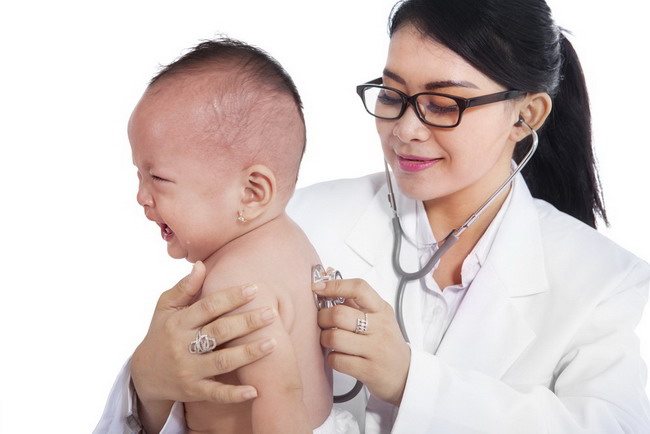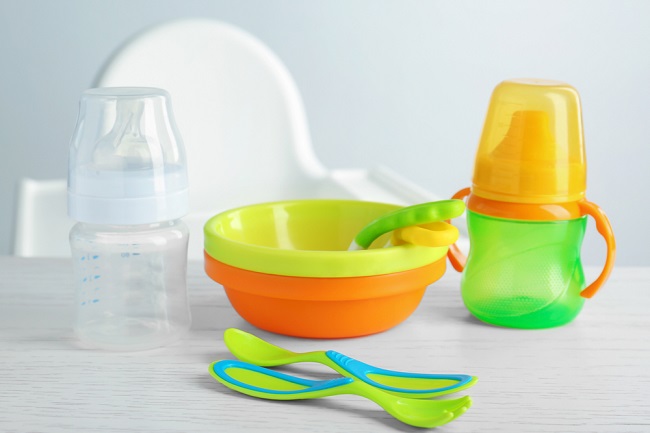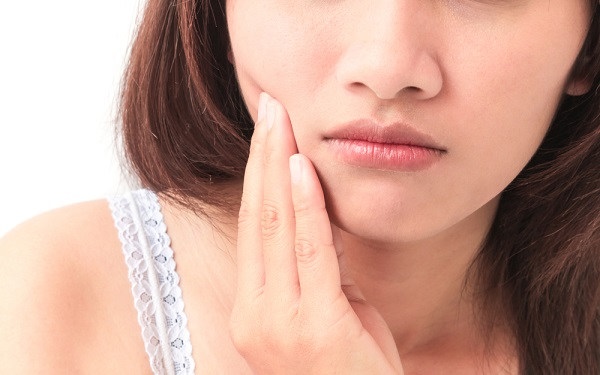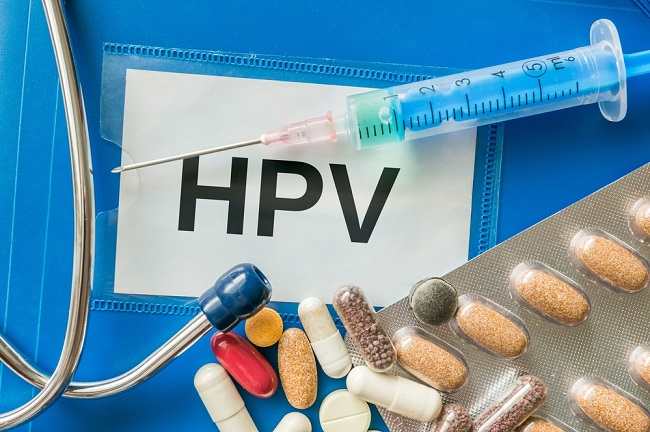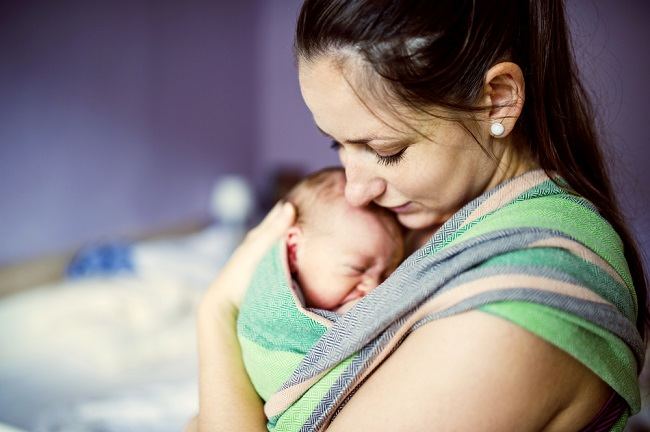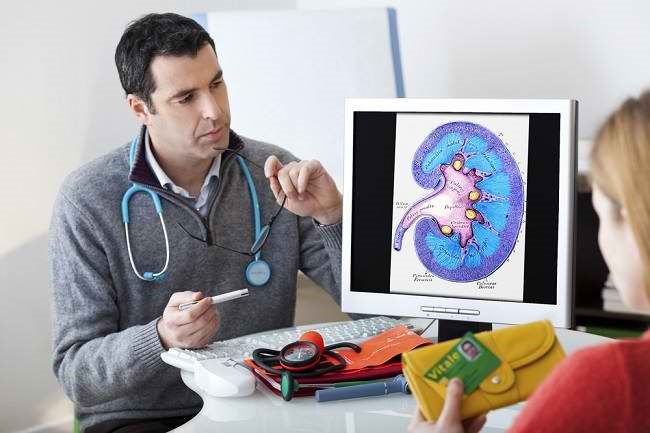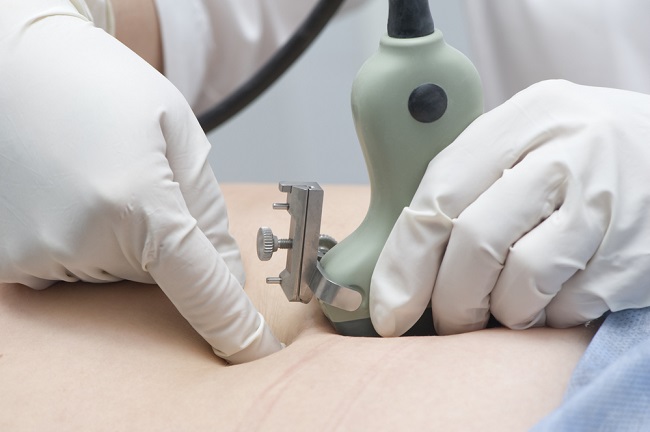Edward's syndrome is also known as trisomy 18. This syndrome is characterized by abnormalities in the growth and movement of the baby. The hallmark of the baby's hand with this syndrome is that the palm of the hand is always in a gripping state with overlapping fingers.
Edward's syndrome is a congenital disorder that occurs when the baby is still in the womb. The cause is genetic factors. Similar to Down's syndrome (trisomy 21), Edward's syndrome also occurs due to an excess of chromosomes on chromosome 18, so it is called trisomy 18. Actually, these two syndromes are rare, but when they do occur, the condition can be said to be serious.

Causes of Edward's Syndrome
Before discussing the causes of Edward's syndrome, you should first get to know the chromosomes. Chromosomes are the part of the cell that is responsible for supporting genes. This gene regulates all processes in the body, including the formation of the fetal body.
When a sperm cell and an egg cell join, the chromosomes join. The fetus gets 23 copies of the chromosome from the mother and 23 copies of the chromosome from the father. The normal total number of chromosomes is 46.
However, sometimes the parent's sperm or egg cells have a higher number of chromosomes. This error in number is passed on to the fetus. The term "trisomy" means that one of the baby's chromosomes has 3 copies of the chromosome. In fact, each chromosome should only have 2 copies.
In Edward's syndrome, there are three chromosomes number 18. This is what then triggers the growth of the baby's organs that do not take place properly.
Types of Edward's Syndrome
There are 3 types of Edward's syndrome. The division of this type is based on the condition of the number of chromosomes that appear in excess. These types are:
Trisomy 18 mosaic
This is the mildest type of Edward's Syndrome. This type of condition is where only a few cells have an extra 18 cells. The fewer cells with an excess number of chromosomes, the milder the condition of Edward's syndrome.
However, the condition of babies who both have mosaic trisomy 18 can be different from each other. Some babies with mosaic trisomy 18 live for at least the first year of life. Some can survive into early adulthood, but very rarely.
Trisomy 18 partial
This type of Edward's syndrome is moderate or more severe than mosaic trisomy 18. As the name implies, partial trisomy 18 occurs when one of the three chromosome 18 is only partially or not intact. This condition greatly affects the development of the baby in the womb. Its severity depends on which part of chromosome 18 is present in the cell.
Trisomy 18 full
This is the most common condition of Edward's syndrome. Full trisomy 18 is a condition in which all of the extra chromosome 18 is found in all cells of the baby's body.
Confirming Edward's Syndrome Diagnosis
When the baby is still in the womb, the doctor will check for the possibility of Edward's syndrome by conducting an ultrasound examination. This method is actually less accurate. To be more accurate, doctors must take a sample of cells from the amniotic fluid or the placenta, to detect chromosomal abnormalities.
If the baby is born, the doctor examines it by observing its face and limbs. Babies with Edward's syndrome generally have facial abnormalities, small ears, and hand gripping in an unusual position and fingers overlapping.
In addition, a chromosomal examination through the baby's blood can be done to confirm the condition of trisomy 18. This examination can also predict the possibility that the mother's next pregnancy will carry a baby with the same condition or not.
Unfortunately, most babies with Edward's syndrome have died in the womb, or died in the first week after birth. There are also babies with Edward's syndrome who live past their first year of life, but the number is only 5–10 percent.
There is currently no specific treatment for Edward's syndrome. However, from birth, babies can be given supporting medical care so that their quality of life remains good.
